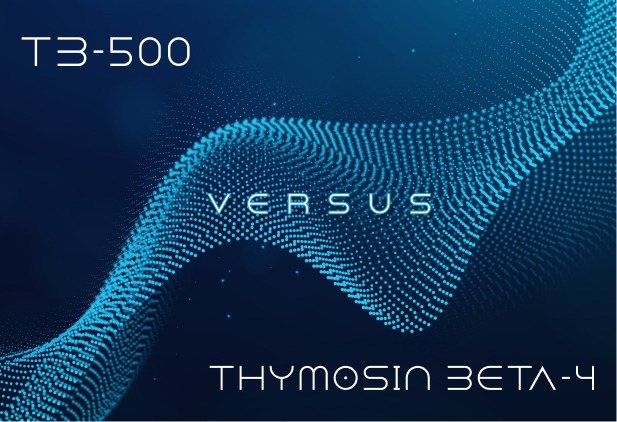Peptides are delicate molecules that require precise storage conditions to maintain their integrity, stability, and effectiveness. Improper storage can lead to degradation, reduced potency, and compromised research results.
At Pure Health Peptides, we provide scientific guidance and offer secure storage solutions—such as our Vial Vault, designed to keep your peptides protected and at optimal temperatures.
Best Practices for Storing Peptides
1. Storing Lyophilized (Freeze-Dried) Peptides
Lyophilized peptides are highly stable when stored correctly. Follow these best practices to maximize their longevity:
- Temperature Guidelines:
- Short-Term Storage: Room temperature (15-25°C) for a few days to weeks.
- Medium-Term Storage: Refrigerate at 2-8°C for several months.
- Long-Term Storage: Freeze at -20°C or below for 2-3 years.
- Protect from Light: Store in dark, opaque containers to prevent UV degradation.
- Avoid Moisture Exposure: Peptides are hygroscopic and absorb moisture from the air, degrading their quality. Always keep vials sealed and limit air exposure.
Storage Solution: The Vial Vault provides a secure, temperature-controlled environment for your peptides. It holds up to 6 or 10 vials (3ml each) and keeps them shielded from light, temperature fluctuations, and contamination.
2. Storing Reconstituted Peptides
Once reconstituted, peptides become more vulnerable to degradation. Proper storage is critical:
- Refrigeration: Store at 2-8°C and use within a few days to weeks, depending on the peptide. Always follow product-specific guidelines.
- Freezing: If extended storage is needed, aliquot into smaller, single-use containers and freeze at -20°C. Avoid repeated freeze-thaw cycles.
- Sterility Matters: Use aseptic techniques during handling to prevent contamination.
Storage Solution: Keep reconstituted peptides protected with The Vial Vault, which provides a dedicated, sterile space to store single-use aliquots safely.
3. Avoid Common Storage Mistakes
! Frequent Freeze-Thaw Cycles: Repeated freezing and thawing damages the peptide structure. Always aliquot for single-use convenience.
!! Improper Labeling: Always label vials with:
- Peptide name
- Storage date
- Storage temperature
!!! Exposure to Air: Peptides degrade due to oxidation. Minimize exposure by keeping vials tightly sealed.
Solution: The Vial Vault helps prevent oxidation by keeping vials securely sealed and protected from air exposure.
Quick Reference Table: Peptide Storage Guidelines
| Form | Temperature | Shelf Life | Notes |
| Lyophilized Peptide | Room Temperature (15-25°C) | Days to weeks | Short-term only. Keep dry and sealed. |
| Lyophilized Peptide | Refrigeration (2-8°C) | Months | Recommended for medium-term storage. |
| Lyophilized Peptide | Freezing (-20°C) | 2-3 years | Ideal for long-term storage. |
| Reconstituted Peptide | Refrigeration (2-8°C) | Days to weeks | Use promptly to maintain stability. |
| Reconstituted Peptide | Freezing (-20°C) | Weeks to months (if aliquoted) | Some peptides degrade when frozen in liquid form. Avoid freeze-thaw cycles. |
A Commitment to Research Excellence
At Pure Health Peptides, we are committed to supporting your research success by:
- Providing high-purity, rigorously tested peptides
- Offering expert guidance on storage and handling
- Ensuring long-term stability and reliability of your research materials
Upgrade your peptide storage with the Vial Vault. Keep your vials secure, stable, and research ready.
Shop Now & Protect Your Peptides!



